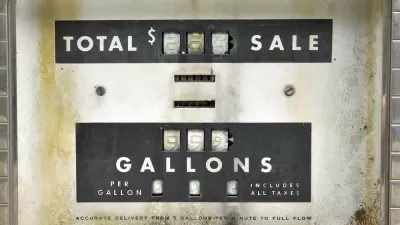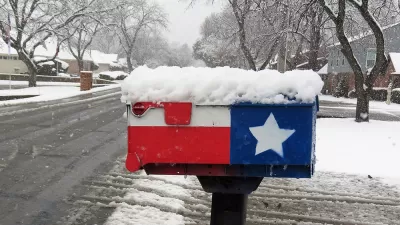BP's chief scientist provides his insight into solving the energy and climate crises, including the affect of higher gas prices and separating transportation from the heat and power sectors when dealing with strategies to reduce carbon emissions.
"After nearly 30 years at Caltech as a professor of theoretical physics and, eventually, provost, Steven Koonin took a leave of absence in 2004 to become BP's chief scientist. After a year of study, he recommended a strategy for the company that has included investments in unconventional sources of oil as well as renewable energies such as solar. Technology Review's energy editor sat down with Koonin...to discuss BP's strategy and whether it will be possible to meet the world's energy challenges.
Technology Review: What's the best way to reduce gas consumption?
Steven Koonin: Raising the price of driving is the simplest way to induce conservation and efficiency. Look at how much response we saw when the price of gasoline went up to $4.50 a gallon. We've seen it work over the last year. But raising gas prices is very difficult politically to do. In fact, you see the candidates going in the opposite direction.
TR: When you look at public policy decisions, what are some other mistakes you've seen?
SK: One is confusing transportation with stationary sources of power and heat. What problems are we trying to solve? If it's carbon dioxide emissions, there are cheaper ways to do it than improving transportation. If you improve the efficiency of a vehicle to reduce fuel use and carbon dioxide emissions, for many vehicle technologies it will take several hundred dollars per ton of carbon dioxide. But transport is only 20 percent of energy-related emissions. Heat and power from stationary sources are most of it. At $50 a ton, there's a lot of carbon that can be wrung out of stationary sources. When you start cranking the price up to $100 to $200, that's when you start to affect transport, whereas we can shift to lower-emissions heat and power at $50 a ton."
Thanks to Pat Carstensen
FULL STORY: Strategies for the Energy Crisis

Alabama: Trump Terminates Settlements for Black Communities Harmed By Raw Sewage
Trump deemed the landmark civil rights agreement “illegal DEI and environmental justice policy.”

Planetizen Federal Action Tracker
A weekly monitor of how Trump’s orders and actions are impacting planners and planning in America.

The 120 Year Old Tiny Home Villages That Sheltered San Francisco’s Earthquake Refugees
More than a century ago, San Francisco mobilized to house thousands of residents displaced by the 1906 earthquake. Could their strategy offer a model for the present?

Opinion: California’s SB 79 Would Improve Housing Affordability and Transit Access
A proposed bill would legalize transit-oriented development statewide.

Record Temperatures Prompt Push for Environmental Justice Bills
Nevada legislators are proposing laws that would mandate heat mitigation measures to protect residents from the impacts of extreme heat.

Downtown Pittsburgh Set to Gain 1,300 New Housing Units
Pittsburgh’s office buildings, many of which date back to the early 20th century, are prime candidates for conversion to housing.
Urban Design for Planners 1: Software Tools
This six-course series explores essential urban design concepts using open source software and equips planners with the tools they need to participate fully in the urban design process.
Planning for Universal Design
Learn the tools for implementing Universal Design in planning regulations.
Clanton & Associates, Inc.
Jessamine County Fiscal Court
Institute for Housing and Urban Development Studies (IHS)
City of Grandview
Harvard GSD Executive Education
Toledo-Lucas County Plan Commissions
Salt Lake City
NYU Wagner Graduate School of Public Service




























